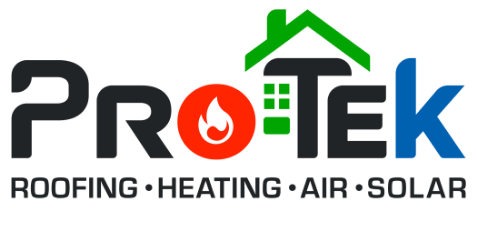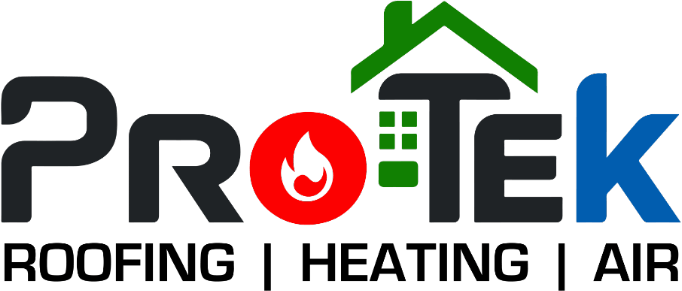Indoor air pollution levels are a growing concern. In actuality, certain contaminants can be present in indoor air at levels up to five times higher than outside, as per the United States Environmental Protection Agency (EPA). These contaminants continue to flourish indoors because indoor air is not as well circulated as outdoor air.
The best air purifiers reduce the many forms of indoor air pollutants, enhancing the quality of the air within your house. They clean the air you breathe on a daily basis, lowering the risk of health problems such as asthmatic symptoms, respiratory infections, or neurological disorders.
You may be curious about how air purifiers operate and what advantages they could offer you and your family if you’re considering getting one. Continue reading to learn more about air purifiers and their functions.
What Is an Air Purifier?
Often dubbed portable air cleaners, air purifiers are gadgets meant to clean the air, eliminating typical household contaminants such as dust, smoke, pet dander, and pollen. The majority of air purifiers can be divided into three main categories: ozone-generating, electrical, and filtering air cleaners.
Different air purifiers also differ based on:
- Weight and portability
- Square footage they cover
- The severity of the source of pollution
- The clean air delivery rate (CADR)
- The pollutants they target
Before purchasing an air purifier, you should take into account all of these factors to make an informed decision. It’s critical to recognize that you cannot eliminate all air contaminants.
How do Air Purifiers Work?
Typically, an air purifier consists of a fan that draws in air and passes that air through a filter, capturing pollutants and particulates in the process. Air purifiers have many filters; some are for gases, others are for particles, and some are for chemicals and smells. The fan then circulates the cleaned, or filtrated, air back into the space.
Allergists often advise utilizing an air purifier equipped with a HEPA (high-efficiency particulate air) filter to enhance indoor air quality. These air purifiers eliminate about 99.97% of allergens in the air, lessening the symptoms of asthma and allergies. A HEPA filter can capture particles larger than 0.3 microns, meaning that only three of every 10,000 0.3-micron particles will be able to pass past the filter.
Air purifiers also use activated carbon filters to remove gases, smells, and volatile organic compounds like asbestos fibers and radon. Other types of filters may include activated ultraviolet light, which can destroy airborne contaminants on a molecular level. Air purifiers also use ionizers to assist in capturing dust and other irritants. They do so by creating a link between the negative ions and the particles.
What Are the Benefits of Air Purifiers?
In the United States, people often spend 90% of their time indoors. This makes it even more crucial for them to have better indoor air quality. Air purifiers collect and eliminate these airborne contaminants, which has several short- and long-term health benefits. Benefits of air purifiers include the following:
Better-Quality Sleep
By making the room more breathable, air purifiers can aid in increasing the quality of your sleep. Dust mites, fungus, and bacteria are examples of indoor allergens that can cause common allergy symptoms, such as nose congestion, that interfere with sleep. Sleep deprivation impairs your ability to function during the day and reduces your productivity.
In addition, allergens and fungi have the ability to embed themselves in the mattress and produce unpleasing odors. An air purifier will ultimately facilitate cleaner air and promote deeper, more restful sleep by keeping those allergens from ever getting to your mattress.
You can also avoid having your sleep interrupted by investing in one of the purifiers with noise-reduction features.
Relieves Symptoms of Asthma
Asthma affects 1 in 12 people, according to the Centers for Disease Control and Prevention. Allergies and asthma episodes can be brought on by a variety of pollutants, including dust, pollen, mold spores, pet dander, and other irritants. Breathing becomes difficult for such individuals when these pollutants irritate their airways.
The use of air purifiers helps reduce these pollutants from the air and reduces the humidity levels within, which gives dust mites an ideal environment for reproduction. Vacuuming your floors, carpet, and bed is also necessary to eliminate these pollutants, which increases the chances of asthma attacks.
Reduces Harmful Chemicals
The danger of indoor air pollution, which is frequently brought on by volatile organic compounds (VOCs), can decrease with the use of air purifiers. They can be emitted by a number of goods, including paint and cleaning supplies.
Small amounts of exposure to these chemicals might not be harmful. However, prolonged exposure in high concentrations can be extremely harmful to respiratory health and can cause cancer, heart disease, or neurological disorders.
Gases, like nitrogen dioxide and carbon monoxide, can also enter your house. Exposure to these toxins raises the risk of dementia and Alzheimer’s disease, according to research from the National Library of Medicine. These chemical pollutants can be removed from the air by using activated carbon air purifiers, lowering the risk of many health issues.
Eliminates Unpleasant Odors
You can lessen the odors in the house with the use of air purifiers. Certain substances, like benzene and gasoline, react at ambient temperature and release an odor when they break down. Odors can also come from from smoking, cooking smells, and pets, among other causes.
How to Choose the Appropriate Air Purifier
It can be intimidating to choose the best air purifier from so many alternatives. Take into account the following elements to get the most out of your air purifier and steer clear of undesirable outcomes:
Size Compatibility
Make sure the air cleaner’s capacity is suitable for your space by looking up the square footage rating of the appliance before making a purchase. Different-sized rooms require different types of air purifiers to purify the air properly.
One helpful method is to use the Clean Air Delivery Rate or CADR. A filter should ideally have a clean air delivery rate (CADR) commensurate with the size of your room. In general, the area of the room should be at least two-thirds the CADR of your air cleaner.
Noise
Another crucial factor to take into account is noise level. Search for models that have low noise ratings. The majority of HEPA filter air purifiers generate noise levels between 35 and 70 dB.
Association of Home Appliance Manufacturers (AHAM) Verification
Standards set by the Association of Home Appliance Manufacturers (AHAM) intend to guarantee the effectiveness and performance of home care appliances, such as air purifiers. These guidelines serve as the foundation for the CADR and “asthma & allergy friendly®” certification mark of air purifiers. This assures you have a product that is ideal for individuals with allergies and has exceptional air filtering capabilities.
Maintenance
Home purifiers all require changeable, disposable filters, which raises the cost over time. A clogged and unclean filter will not function properly. At [company name], we can show you how to change the air filter to ensure that your portable air purifier will continue to filter the air and work correctly.
Getting a high-quality air purifier can be a big boost in ensuring that the air you breathe is safe, clean, and healthy. This will enhance immunity, promote better sleep, and lengthen life. To maintain a clean interior atmosphere, contact [company name] in Tampa, FL. We can help you choose the best air purifier for your home. We also provide heating, cooling, solar, and roofing services.




